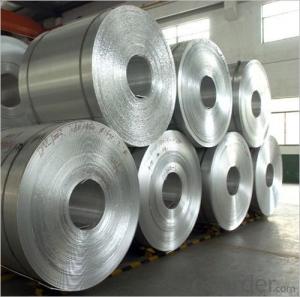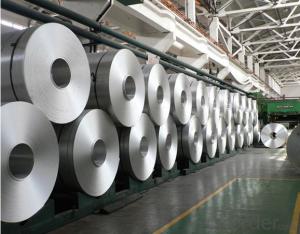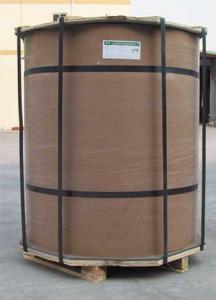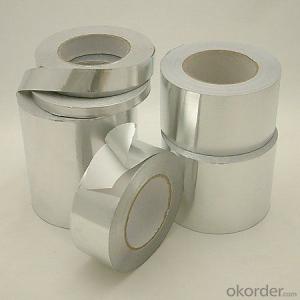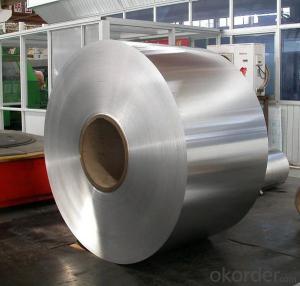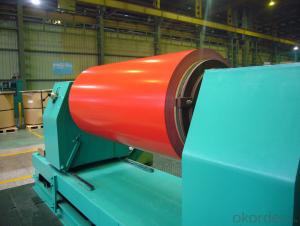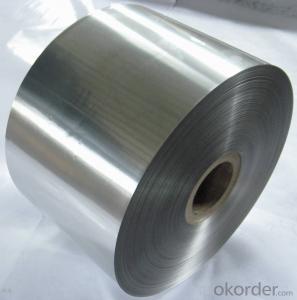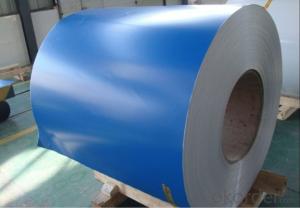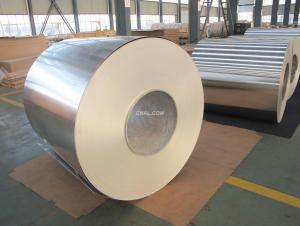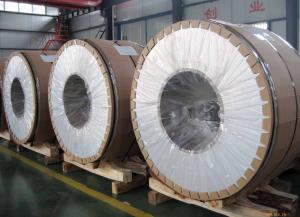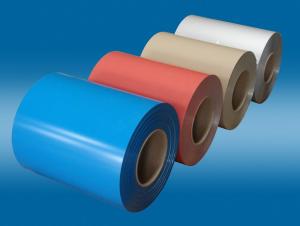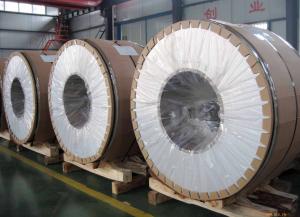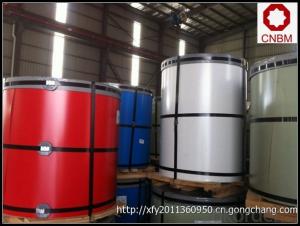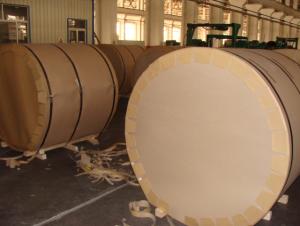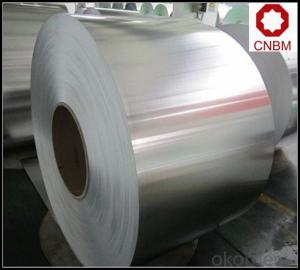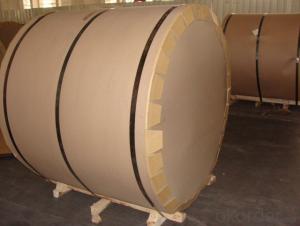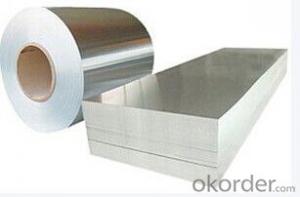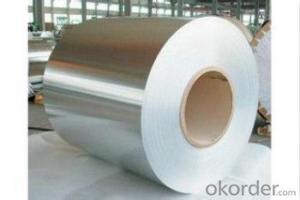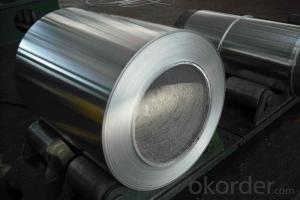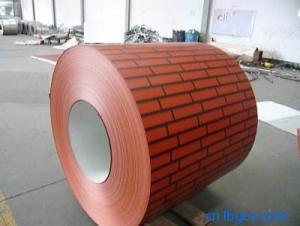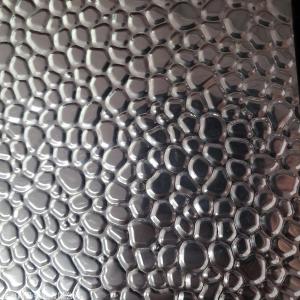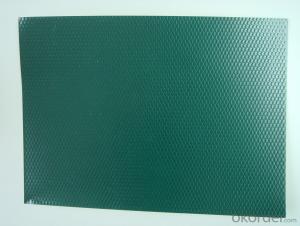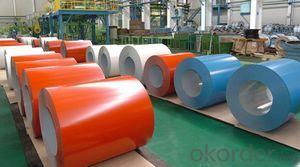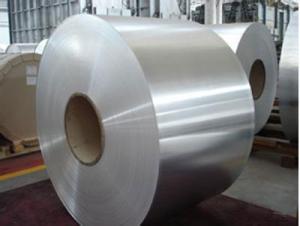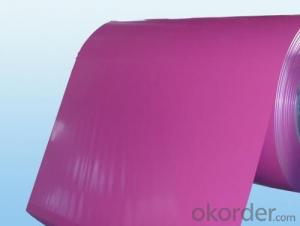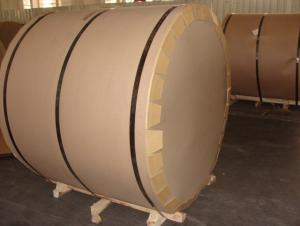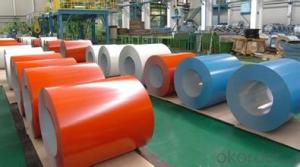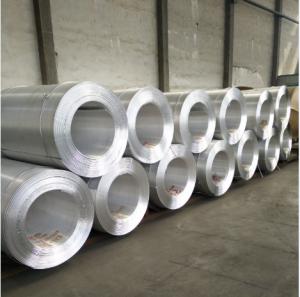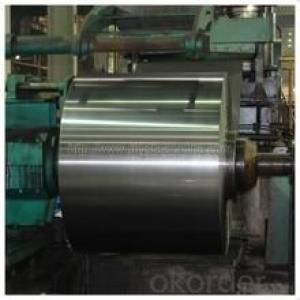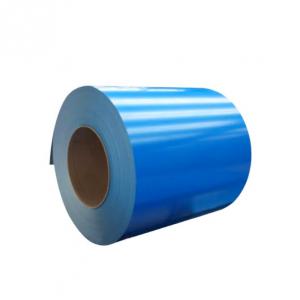3 8 Aluminum Tubing Coil
3 8 Aluminum Tubing Coil Related Searches
3 4 Aluminum Tubing Coil 3 8 Stainless Steel Tubing 3 8 Aluminum Plate Aluminum Tubing Coil 3/8 Stainless Steel Tubing 3 8 Thick Aluminum Plate 3/8 In Stainless Steel Tubing G8 Aluminum Trim Coil 3/4 Aluminum Tubing Coil 3 8 Inch Aluminum Plate 1 2 Aluminum Tubing Coil G8 Performance Aluminum Coil 3 8 In Aluminum Plate 3 8 Diamond Plate Aluminum 3 8 Aluminum Diamond Plate 8 Gauge Aluminum Foil 3/8 Thick Aluminum Plate Aluminum Tube Coil 3/8 Aluminum Plate 3/8 Inch Aluminum Plate 3 8 Inch Thick Aluminum Plate Aluminum Plate 3/8 Thick 032 Aluminum Coil 3105 Aluminum Coil 1/2 Aluminum Tubing Coil 3/8 In Aluminum Plate 3/8 Aluminum Plate 4x8 8x8 Aluminum Foil Pans 8 X 8 Aluminum Foil Pans Anodized Aluminum Coil3 8 Aluminum Tubing Coil Supplier & Manufacturer from China
3/8 Aluminum Tubing Coil is a versatile and widely-used product in various industries. This type of aluminum coil is known for its lightweight, corrosion resistance, and high strength, making it an ideal choice for numerous applications. The 3/8 inch diameter of the tubing allows for a broad range of uses, from construction and automotive to aerospace and manufacturing.The 3/8 Aluminum Tubing Coil is commonly utilized in applications where a combination of strength, flexibility, and lightweight properties are required. It is often used in structural components, such as frames and supports, as well as in fluid transportation systems due to its excellent resistance to corrosion and its ability to maintain shape under pressure. Additionally, the 3/8 Aluminum Tubing Coil is frequently employed in the manufacturing of various consumer products, including furniture, sporting goods, and automotive parts, where its durability and resistance to wear are highly valued.
Okorder.com is a reputable wholesale supplier of 3/8 Aluminum Tubing Coil, boasting a large inventory to meet the diverse needs of customers. As a leading online platform, Okorder.com offers competitive prices and reliable service, ensuring that businesses and individuals can source high-quality 3/8 Aluminum Tubing Coil with ease. With a commitment to customer satisfaction, Okorder.com is the go-to destination for those seeking a dependable supplier of this essential product.
Hot Products
